The handbook “Circular economy in coffee production” contributes to achieving the objectives in Decision No. 540/QD-TTg dated June 19, 2024 of the Prime Minister approving the Program for application development and transfer of science and technology to promote circular economy in agriculture. The information is compatible with the requirements of the European Union Deforestation Regulation (EUDR).

Handbook introducing four high-impact circular economy models for coffee production. Illustration photo.
Coffee production plays an important role in Vietnam's socio-economic development, directly employing more than 600,000 farmers and supporting more than 2.6 million jobs.
However, coffee production is also a resource-intensive and highly emission-intensive sector, contributing significantly to agricultural greenhouse gas emissions. In 2024, the total coffee cultivation area in Vietnam will be 718,000 hectares, with an output of more than 1.95 million tons per year.
Since most of Vietnam's coffee production is dry processed, and assuming each kilogram of green coffee beans produces a roughly equivalent amount of dry hulls, it is estimated that 1.6 million tons of dry hulls will be produced each year, which is a valuable resource for making high-quality fertilizer.
Circular economy models in the coffee sector can simultaneously reduce emissions, recycle waste, improve soil health, and build resilience to climate change, as demonstrated in the Central Highlands and northern provinces of Vietnam. Examples and best practices exist and need to be replicated.
Therefore, the Handbook introduces four high-impact circular economy models for coffee production, validated through expert interviews and field surveys, including: intercropping coffee with avocado, durian, persimmon, pepper and macadamia trees; organic fertilizer production from coffee husks; small-scale wastewater treatment; and large-scale biogas wastewater treatment.

Carbon footprint by province, by emission source, Central Highlands (kg CO2e/kg GBE).
Readers will be provided with technical guidance on implementation, and detailed steps and illustrations to guide farmers and cooperatives in applying these practices.
All models offer proven economic and environmental benefits, such as:
- Intercropping coffee with avocado, durian, pepper, persimmon and macadamia: Diversify income, increase carbon storage capacity, and increase net present value (NPV) by 57% compared to monoculture.
- Producing organic fertilizer from coffee husks: Turning 45% of dry coffee waste into nutrient-rich compost, reducing dependence on chemical fertilizers and reducing costs.
- Small-scale wastewater treatment: Low-cost biological system reduces pollution from wet processing of arabica coffee.
- Large-scale biogas wastewater treatment: Brings profits to processing plants, with an internal rate of return (IRR) of 28 - 34% and NPV of up to VND 983 million in 15 years.
Towards reducing emissions in agriculture, the Handbook also outlines three priorities for coffee production. First, producers should optimise fertilisation with improved nutrient formulations and adjusted application rates to reduce N₂O emissions.
In addition, improving energy efficiency across the entire supply chain, from mechanisation to processing and logistics, to reduce CO₂ emissions. Sustainable production models should be promoted across the chain, including agroforestry, renewable energy and low-impact processing technologies.
Circular practices in coffee production will directly support Vietnam's NDC target of reducing emissions by 15.8% unconditionally and 43.5% with international support by 2030.
Readers can view the Circular Economy Handbook in Coffee Production here.
Source: https://nongnghiepmoitruong.vn/undp-va-ispae-ra-mat-so-tay-kinh-te-tuan-hoan-trong-san-xuat-ca-phe-d784558.html


![[Photo] Prime Minister Pham Minh Chinh meets with representatives of outstanding teachers](https://vphoto.vietnam.vn/thumb/1200x675/vietnam/resource/IMAGE/2025/11/15/1763215934276_dsc-0578-jpg.webp)

![[Photo] General Secretary To Lam receives Vice President of Luxshare-ICT Group (China)](https://vphoto.vietnam.vn/thumb/1200x675/vietnam/resource/IMAGE/2025/11/15/1763211137119_a1-bnd-7809-8939-jpg.webp)



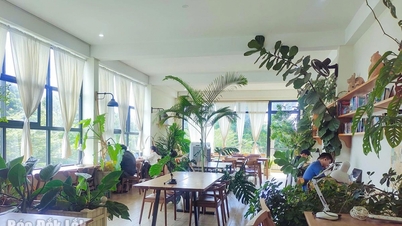



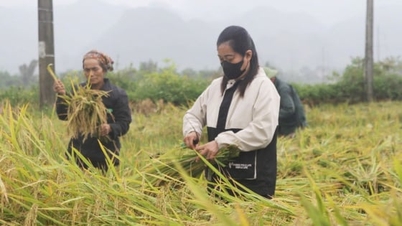





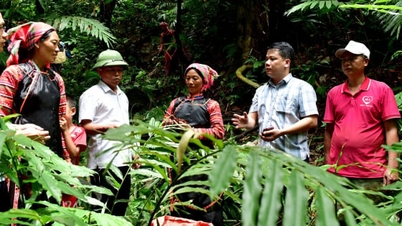

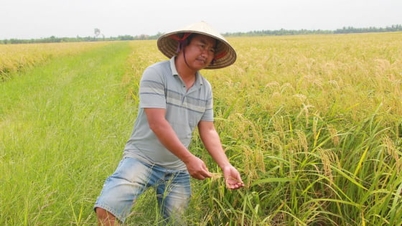
![35 years of building a high-quality herd: [Part 1] Crossbreeding journey](https://vphoto.vietnam.vn/thumb/402x226/vietnam/resource/IMAGE/2025/11/16/1763280452986_0239-3-160957_743.jpeg)






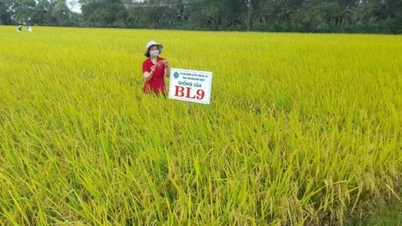
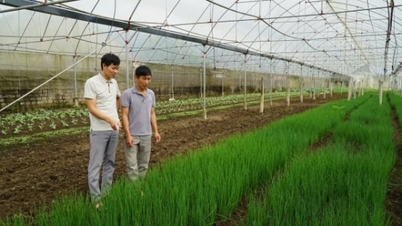

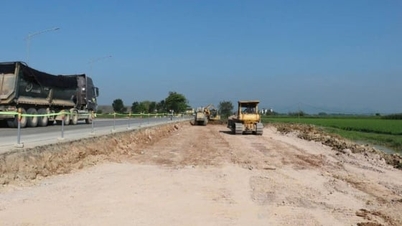
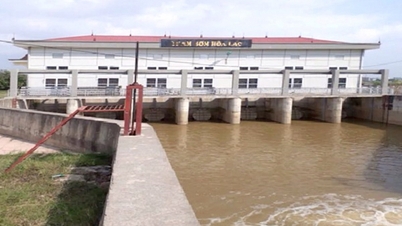
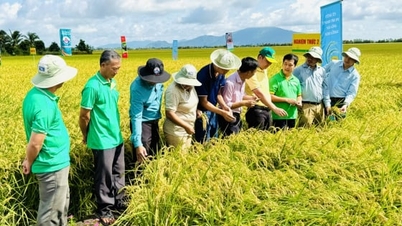









































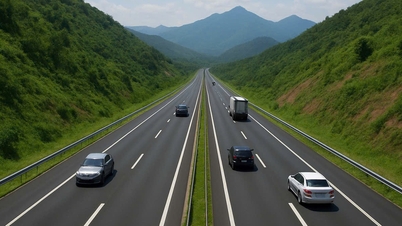











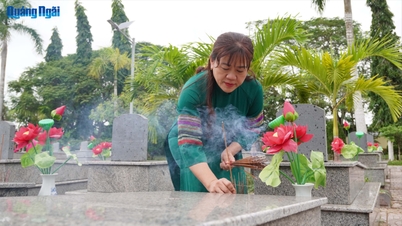
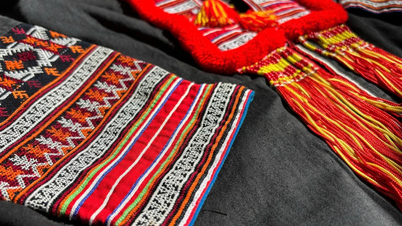


















Comment (0)